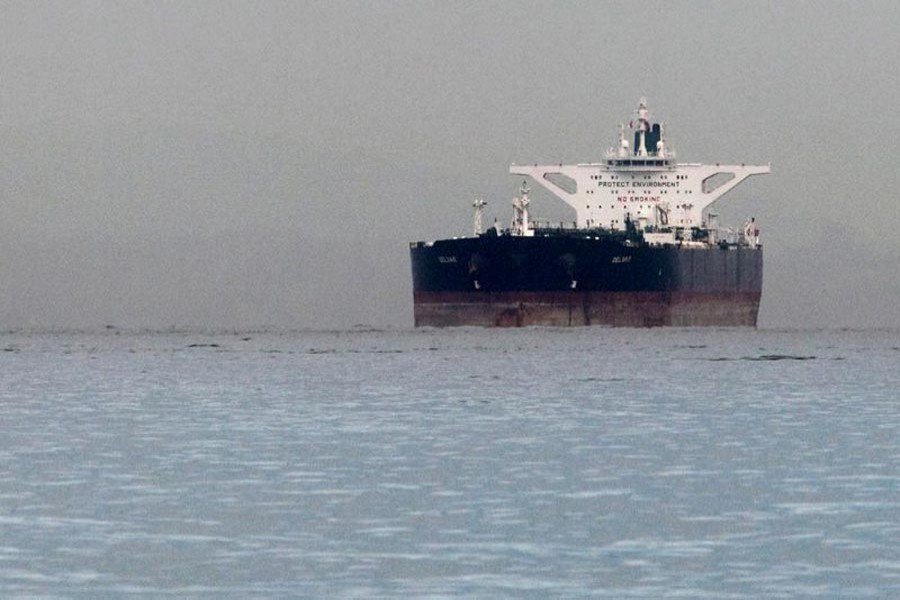Asia's crude oil imports from Iran dipped in January to the lowest in two months after top buyers China and India slowed down purchases and as Japan recorded zero imports for a third month, government and trade data showed, reports Reuters.
Asia's top four buyers of Iranian crude - China, India, Japan and South Korea - imported a total 710,699 barrels per day of crude from Iran in January, 49 per cent lower than the same month in 2018, the data collated by Thomson Reuters showed.
US sanctions on Iran that took effect last November have severely reduced its exports to Asia even though Washington gave waivers to eight countries allowing them to import lower volumes of Iranian oil for six months.
Buyers had to overcome shipping and payment issues which delayed the resumption of Iranian oil imports in Japan and South Korea. Iran is the fourth-largest oil producer in the Organisation of the Petroleum Exporting Countries.
In January, Japan lifted its first Iranian oil cargo since the sanctions and the shipment is expected to arrive in February.
South Korea resumed imports of Iranian oil in January after a four-month hiatus, but its shipments were down 75 per cent from the same month last year, data from the Korea National Oil Corp showed.
The third-largest buyer of Iranian oil in Asia has restricted its purchases to only condensate, an ultra light oil used in producing naphtha for petrochemical production.
Imports by Japan and South Korea are set to pick up in the months up to May as buyers maximise the volume of oil they can lift during the waiver, trade sources said.
February imports into Asia are expected to nearly double to 1.38 million bpd, Refinitiv data showed.
Iran's biggest customer China imported 377,038 bpd in January, down from more than 500,000 bpd in December. Still China's January imports remained above the 360,000 bpd that Beijing can import under the waiver.
India also scaled back imports in January to 270,500 bpd, below the 300,000 bpd that Iran's second largest client is allowed to import.
Meanwhile, oil prices fell on Thursday, as US-China trade tensions persisted, the Chinese economy showed signs of slowing and record US production undermined OPEC-led output curbs.
Brent crude was down 61 cents or 0.9 per cent at $65.78 per barrel by 0955 GMT. US West Texas Intermediate (WTI) crude was down 40 cents or 0.7 per cent at $56.54.
Factory activity in China, the world's biggest oil importer, shrank for a third month in February as export orders fell at the fastest pace since the financial crisis a decade ago.
"Further evidence of a slowdown in China hit risk sentiment," said Jasper Lawler, head of research at futures brokerage London Capital Group.
US Trade Representative Robert Lighthizer also dampened expectations of a swift resolution to the trade dispute between China and the United States, after progress on key sticking points reported earlier this week had raised hopes.
Lighthizer said issues with China were "too serious" to be resolved with promises from Beijing to purchase more US goods and any deal needed to include a way to ensure commitments were met.
Crude prices have also been dragged down by surging US oil production, rising more than 2 million barrels per day (bpd) in the last year to a record 12.1 million bpd.
Supply cuts by the Organisation of the Petroleum Exporting Countries (OPEC) and its allies, such as Russia, a group known as OPEC+, have offered some support since January.
That reduction helped drive down US commercial crude inventories by 8.6 million barrels in the week to Feb. 22 to 445.87 million barrels.
"Crude imports into the US fell 1.6 million bpd last week, to a two-decade low," ANZ bank said on Thursday.


